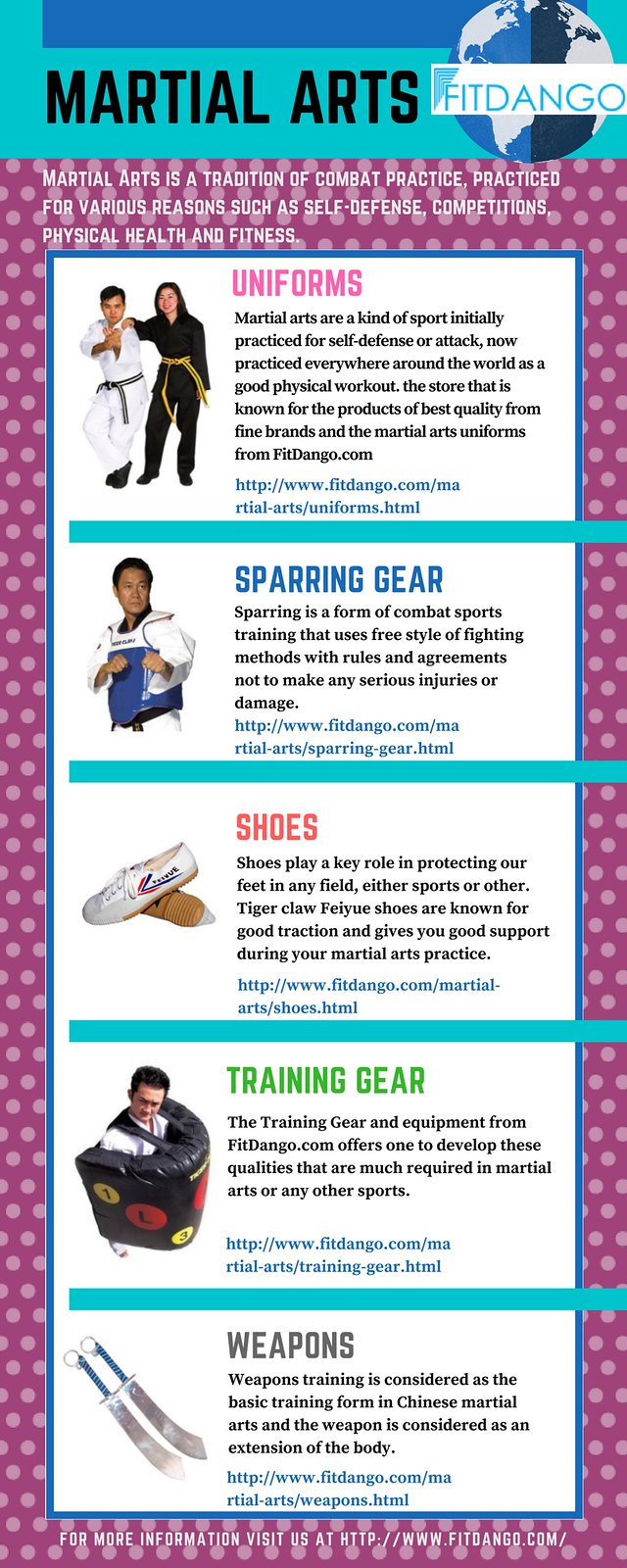The Development And Historic Context Of Martial Arts Worldwide
The Development And Historic Context Of Martial Arts Worldwide
Blog Article
Writer-Egeberg Silverman
Martial arts have a fascinating background that spans centuries and continents. You might find it intriguing how old methods like Shuai Jiao and Kalaripayattu laid the groundwork for modern fight techniques. These disciplines not only stress physical abilities yet likewise show the cultures that birthed them. As you explore their evolution, consider just how globalization has actually transformed these typical types right into hybrid styles. What impacts do you believe have formed today's martial arts landscape?
Ancient Martial arts: The Foundations of Fight
As you delve into the world of ancient martial arts, you'll uncover the abundant foundations that formed battle strategies throughout cultures. Very early practices concentrated on Self-Defense and survival, usually incorporating strikes, hurting, and weapons.
In Highly recommended Internet page , for instance, methods like Shuai Jiao stressed tosses and joint locks, while India's Kalaripayattu showcased agility and fluid motion. Japanese samurai developed Kenjutsu, a polished swordsmanship that highlighted discipline and technique.
martial arts for wheelchair users served not just for battle yet also as a way of personal growth, instilling values like regard and willpower. The mixing of these strategies over time prepared for the diverse martial arts you see today, each reflecting the one-of-a-kind philosophies and demands of its society.
The Cultural Impact on Martial Arts Development
While martial arts often reflect the useful needs of a society, they likewise embody the social values and ideas of their origins. When you check out various martial arts, you'll notice how they're influenced by religion, viewpoint, and social standards.
For instance, the focus on respect and discipline in Japanese martial arts comes from Zen Buddhism and samurai society. In contrast, Brazilian Jiu-Jitsu advertises flexibility and method, shaped by the demand for effectiveness in a varied, multicultural environment.
You might discover that the routines, uniforms, and training techniques mirror a neighborhood's history and identification. By recognizing these social impacts, you strengthen your admiration of martial arts and their role fit human experiences across the globe.
Modern Adaptations and the Globalization of Martial arts
Martial arts have actually transformed dramatically in current decades, adapting to contemporary culture and worldwide influences. You'll notice that conventional types have combined with contemporary methods, creating hybrid styles like mixed martial arts. These adaptations accommodate varied target markets, making martial arts obtainable and appealing worldwide.
With the increase of social media sites and electronic platforms, you can find tutorials and competitors from all edges of the globe, damaging geographical obstacles. This globalization has caused a common recognition for various disciplines, from Brazilian Jiu-Jitsu to Taekwondo.
As you engage with these arts, you'll realize they're not practically fight; they promote physical fitness, self-control, and psychological well-being.
Inevitably, modern adaptations have enhanced the martial arts landscape, making it a dynamic and evolving technique.
Conclusion
In discovering the background and advancement of martial arts, you uncover a remarkable mix of methods, societies, and viewpoints. From ancient self-controls like Shuai Jiao and Kalaripayattu to the modern versatility seen in mixed martial arts, martial arts show humankind's pursuit for Self-Defense and individual growth. As you engage with these techniques, you not just get skills but likewise a deeper admiration for the diverse practices that form our globe today. So, continue your trip and embrace the art of battle!
